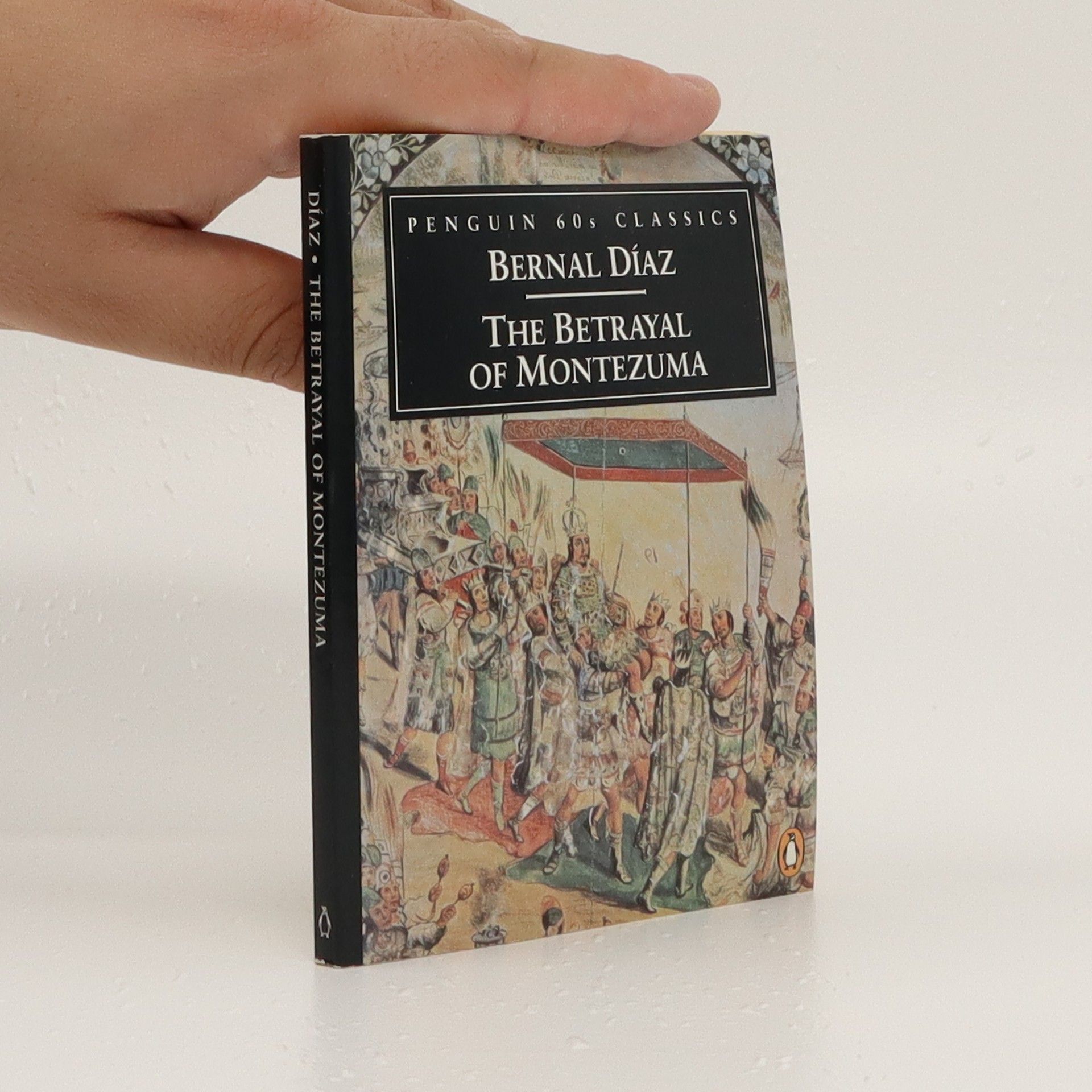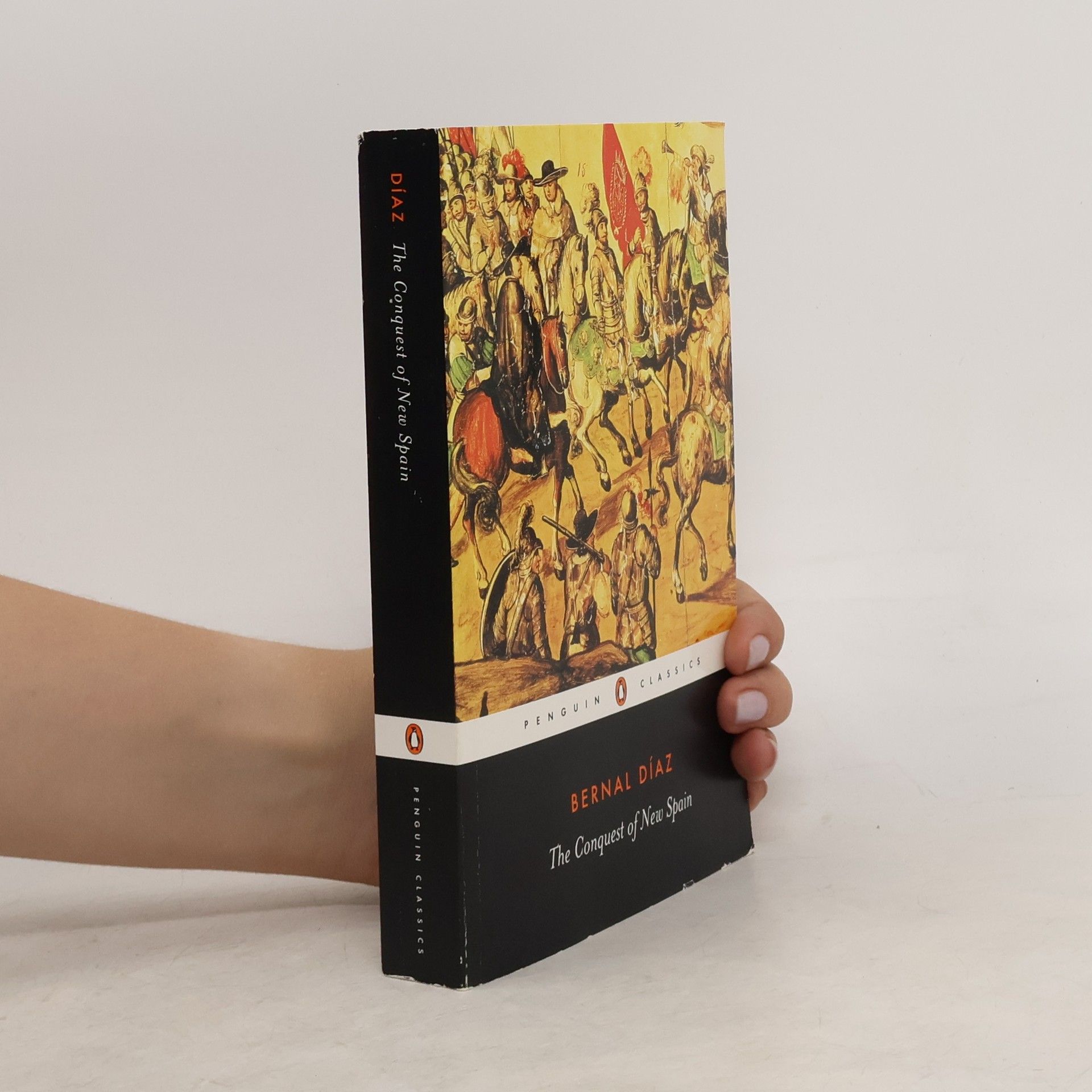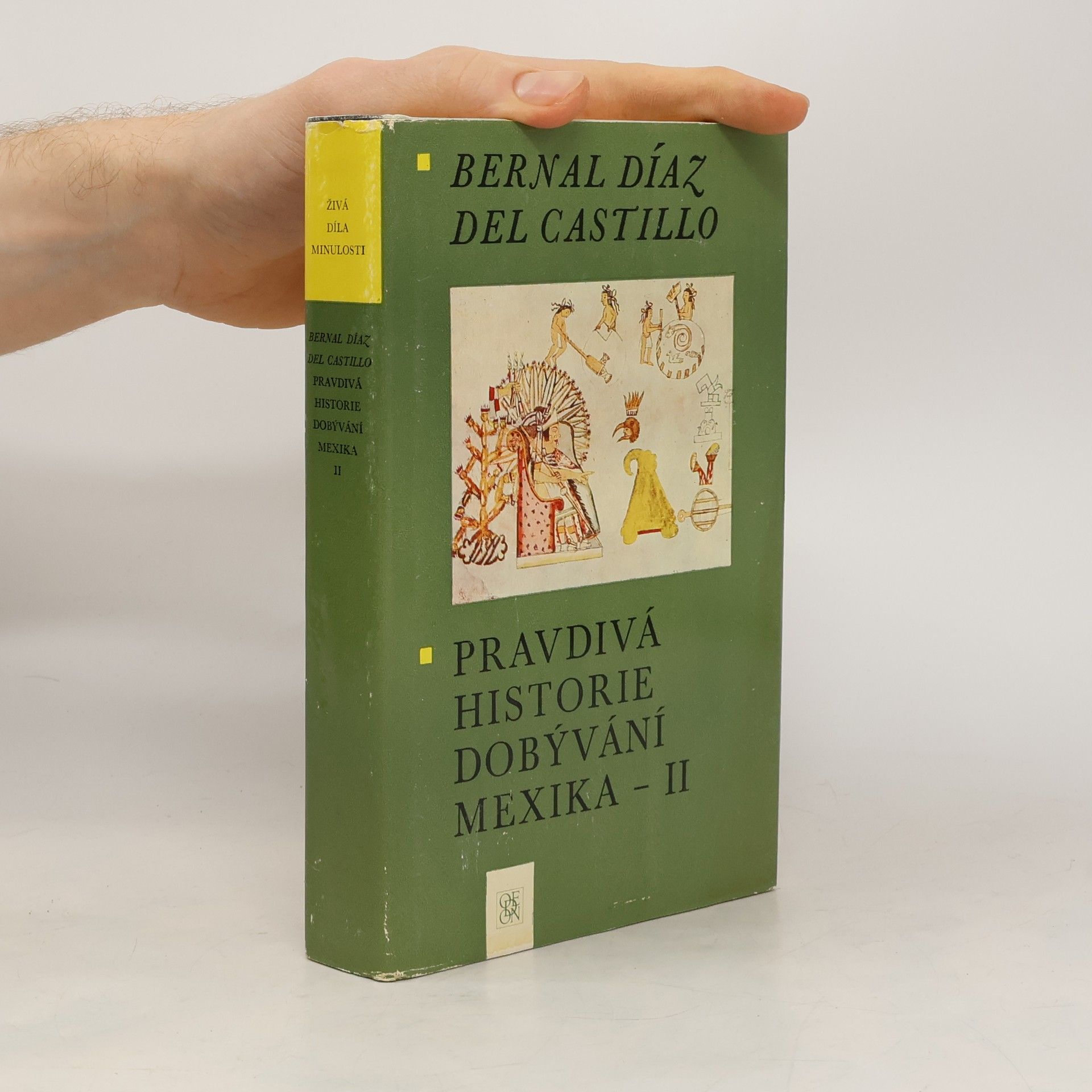Set in a fantastical world, the story follows brave warriors riding unusual creatures as they embark on a quest to conquer a powerful Empire. The narrative explores themes of bravery, adventure, and the clash of cultures, showcasing the unique bond between the men and their beasts. As they face formidable challenges, the characters must navigate their ambitions and the complexities of their mission, ultimately testing their strength and resolve in a battle for dominance.
Bernal Díaz del Castillo Libri
Bernal Díaz del Castillo fu un conquistatore e cronista spagnolo la cui opera offre un resoconto unico di testimone oculare della conquista dell'Impero Azteco. Cattura vividamente le dure realtà delle campagne militari, le motivazioni dei soldati e lo scontro coloniale con le culture indigene. Il suo stile narrativo è diretto e concreto, spesso enfatizzando le esperienze personali di un soldato comune. I suoi scritti sono una risorsa essenziale per comprendere un momento cruciale nella storia delle Americhe.







The Conquest of New Spain
- 412pagine
- 15 ore di lettura
Presents a description of the Spanish landing in Mexico in 1520 and their amazement at the city, the exploitation of the natives for gold and other treasures, the expulsion and flight of the Spaniards, their regrouping and eventual capture of the Aztec capital.
The Essential Diaz
- 203pagine
- 8 ore di lettura
Ideally suited for use in swift-moving surveys of World, Atlantic, and Latin American history, this abridgment of Ted Humphrey and Janet Burke's 2012 translation of the True History provides key excerpts from Diaz's text and concise summaries of omitted passages. Included in this edition is a new preface outlining the social, economic, and political forces that motivated the European discovery of the New World.
The Betrayal of Montezuma
- 96pagine
- 4 ore di lettura
One of 60 low-priced classic texts published to celebrate Penguin's 60th anniversary. All the titles are extracts from "Penguin Classics" titles.
The True History of the Conquest of Mexico; Volume 1
- 354pagine
- 13 ore di lettura
The True History of the Conquest of Mexico; Volume 2
- 420pagine
- 15 ore di lettura
In a thrilling quest for power, warriors clad in iron ride peculiar creatures as they embark on a journey to conquer a vast Empire. The story unfolds with intense battles, strategic maneuvers, and the exploration of loyalty and ambition among the men. As they face formidable challenges and rival factions, the narrative delves into the complexities of leadership and the cost of ambition, creating a gripping tale of adventure and conquest.
Linguistic minorities are everywhere, and they are diverse. In this context, linguistic mediation activities – whether translation or interpreting – are key to the social inclusion of any kind of linguistic minority. In most societies autochthonous linguistic minorities coexist with foreignspeaking minorities and people with (or without) disabilities who rely linguistically or medially adapted on texts to access information. The present volume draws on this broad understanding of the concept of linguistic minorities to explore some of the newest developments in the field of translation studies and linguistics. The articles are structured around three main axes: • accessibility of content, especially audiovisual translation • intralingual translation, including initiatives regarding plain language, easy-to-read and easy language • mediation for minorities in a broader sense and language ideologies.
Druhý svazek knihy del Castilla pokračuje líčením dobrodružství Cortésových vojáků při dobývání Mexika až do kapitoly 214, v níž autor informuje o guvernérech. kteří působili v Novém Španělsku do r. 1568. Díazovo vyprávění doplňují poznámky a vysvětlivky, které usnadňují lepšípochopení událostí souvisejících s dobytím a vyvrácením aztécké říše.
El manuscrito de Bernal Díaz del Castillo es una obra de arte de altísimo valor humano, de fuerte y cristalino mérito social, hilvanada con noticias ordenadas cronológicamente. En ella nos muestra un pasaje de vida con amplio carácter homérico, pues su relato no está construido para destacar y provocar admiración en torno a la figura de un héroe, sino que nos muestra a la multitud de los conquistadores, individualizado cada uno con fisonomía propia, cualidades y defectos.
